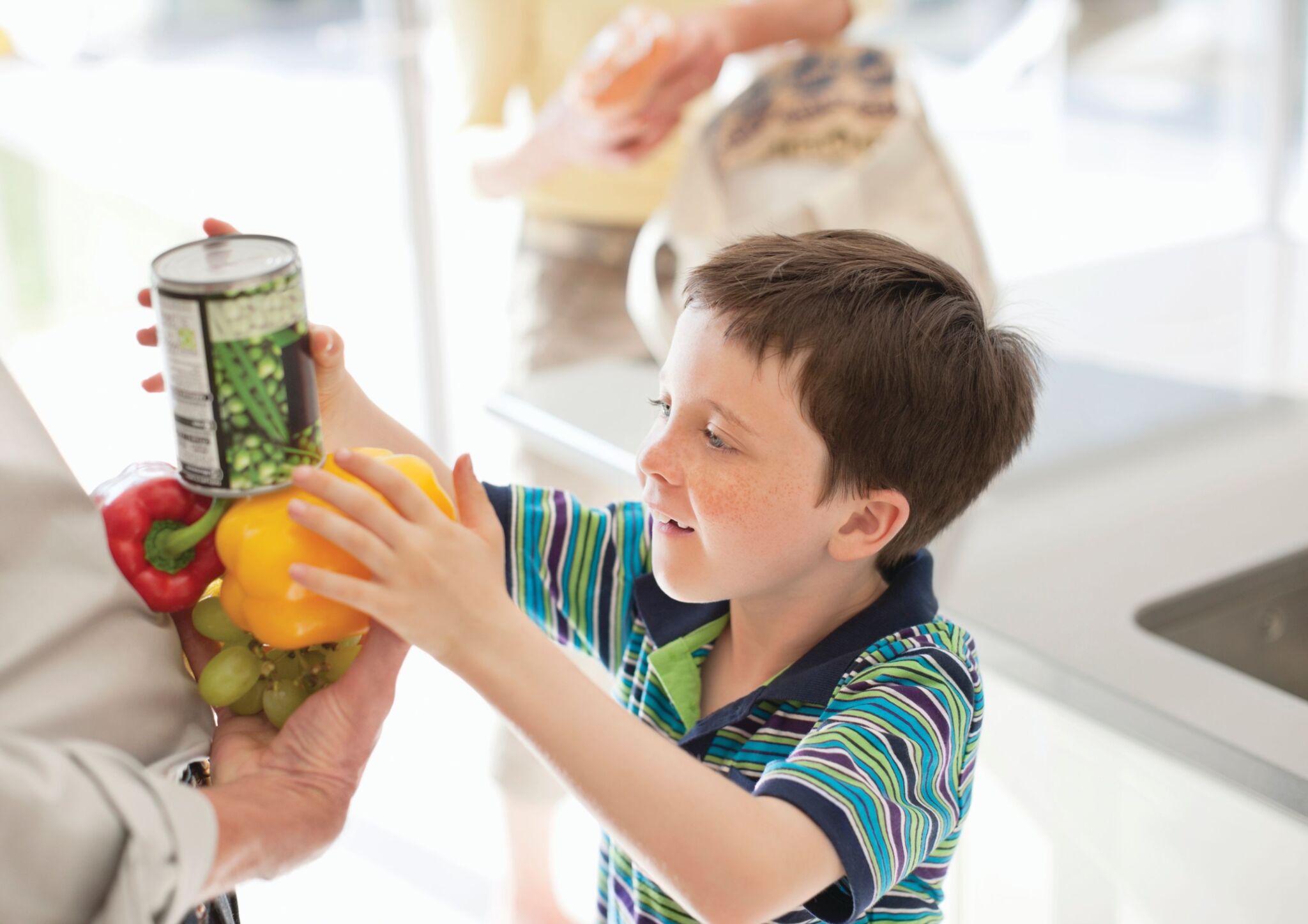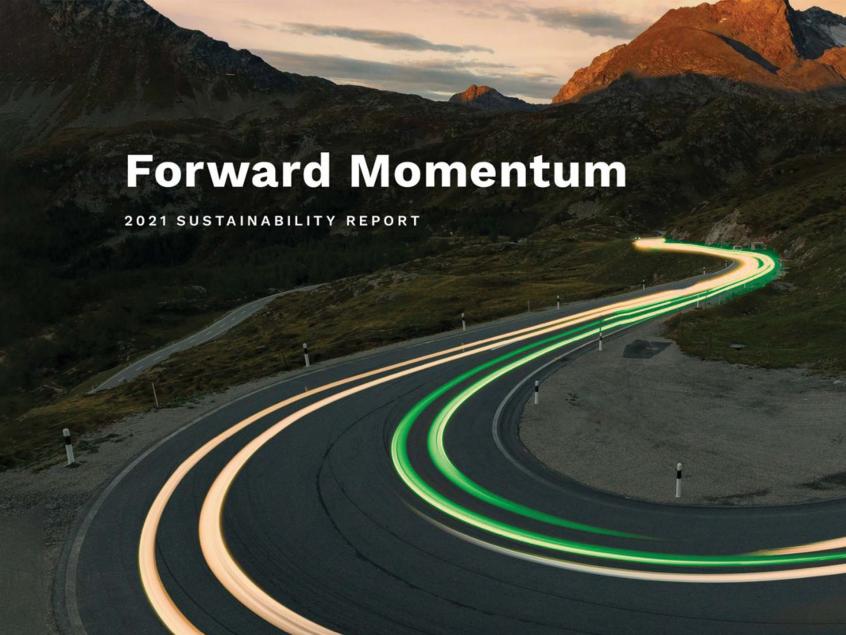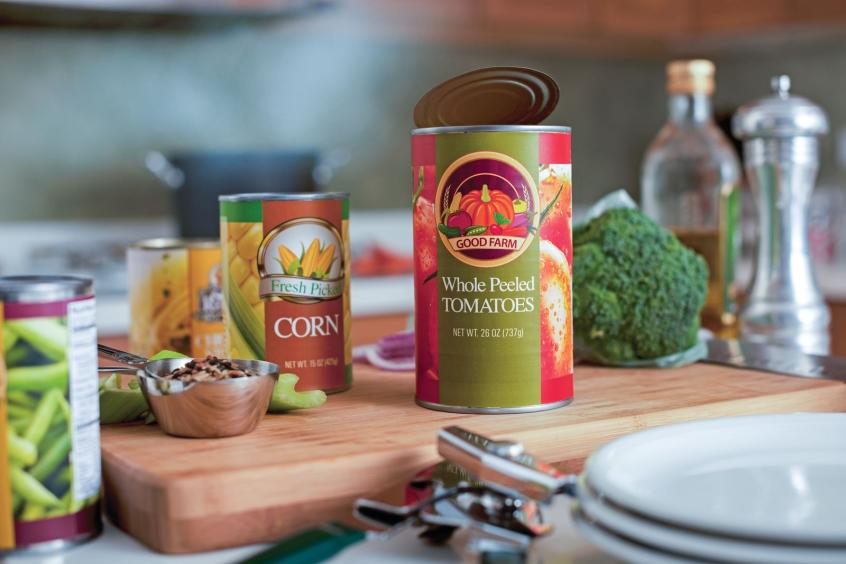Your Definition of Waste

Your Definition of Waste
Is packaging wasted? Well, certainly, some packaging is. But it depends upon your definition of waste. If a metal can is placed into the general waste stream, for example, then yes, it is wasted. If it enters into the recycling stream, then perhaps the consumer sees it as a waste product sent for recycling, but the item itself is far from wasted.
In the case of metal, its properties are such that it can be recycled indefinitely without any degradation in quality, which creates what we call a circular economy. Provided the key elements of the circle are all performing their specific duties, it is a truly sustainable model.
We have known this for some time, but what is perhaps less known is that food waste has a greater impact on the environment than packaging waste. Although the latter must of course be given our full attention, the former must also be looked at closely to ensure we are not ‘robbing Peter to pay Paul’ – so to speak.
What many may not realize is that food waste is the third-largest emitter of greenhouse gases worldwide, with an estimated carbon footprint of 3.3 Gigatonnes of CO2 equivalent (excluding land use change). To put this into perspective, that number is four times the equivalent of CO2 emitted each year by the entire global airline industry.
Staggering isn’t it? And it doesn’t end there. According to the Natural Resources Defense Council (NRDC), in the U.S. alone, food waste is the largest component of solid waste sent to landfill, it produces 23% of all methane emissions, and 25% of freshwater consumption is used to produce food that is never eaten.
Packaging is not the enemy it is sometimes made out to be – especially if it is well designed and responsibly selected. In fact, metal packaging is a strong contributor to positive outcomes. In addition to its robust sustainable credentials, metal is a great preserver of food – providing a 100% barrier to light and oxygen – and its versatility means it can contribute to many areas that can promote food waste reduction.
One such area is portion control. A great deal of food is wasted when consumers buy more than they need. By packaging products in designated portions, it becomes far easier to buy the exact amount required. Single-serve portions are a prime example, with tinned fish being one of the most instantly recognizable products in this format, as are family-sized cans of products such as baked beans or vegetables.
Ergonomics is another area where metal packaging can help reduce food waste. For younger consumers or for those with reduced dexterity, how they are able to grip the packaging in order to reduce spillages can make a huge difference. Metal, and the way it can be manipulated in terms of tooling, is very versatile in this area, offering a great variety of options where shaping is concerned.
From a food production perspective, canning also helps save a considerable amount of energy and resources. From farm to fork, including the manufacturing of the cans themselves, canning uses approximately 20% less energy than what is required to produce refrigerated goods and 50% less for frozen products. Cans also stack high and efficiently and can be transported and stored at ambient temperatures.
In short, packaging is essential in the effort to reduce food waste, but we must also look at the formats we use and how they are dealt with in terms of their own environmental footprints. Metal is effortlessly sustainable, and therefore has a distinct advantage before we even begin to look at food waste initiatives. When they are combined, they are a force to be reckoned with.
To learn more, download our white paper “Food Waste: Turning a Challenge into an Opportunity”:



